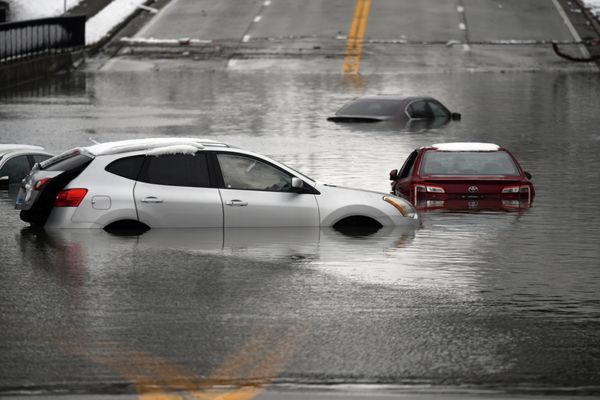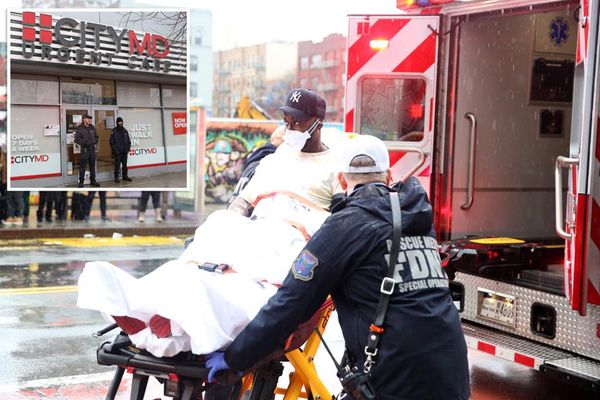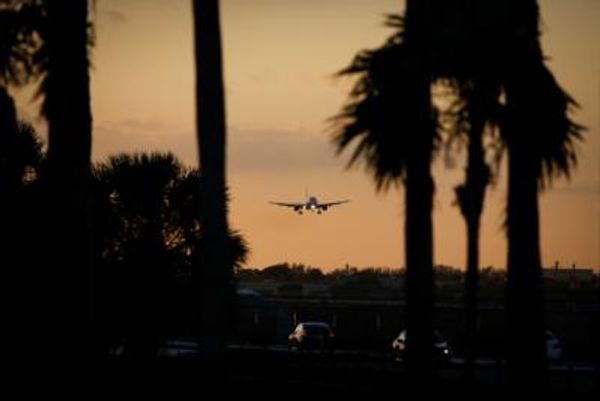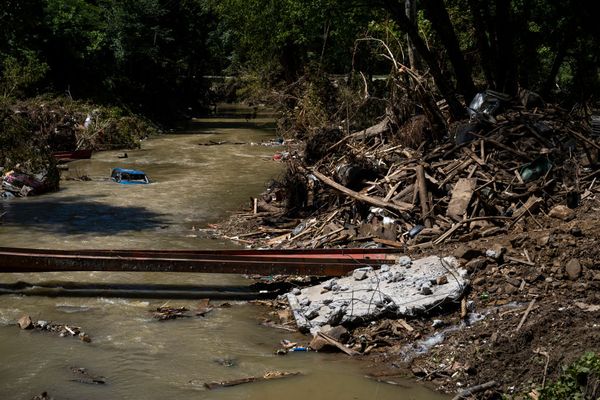General Motors (GM) had taken a lead in the race to develop the technologies that would make a car completely self-driving.
Its subsidiary Cruise in fact obtained authorization from the Californian authorities on June 2 to operate robotaxis in San Francisco. Basically, self-driving vehicles that can carry people to and from wherever they want to go in the city from 10 p.m. to 6 a.m. and only when there’s no "heavy rain, heavy fog, heavy smoke, hail, sleet, or snow.”
The rides are limited to "select streets in San Francisco,” the California Public Utilities Commission said last June. The cars involved can only drive at a maximum speed of 30 mph.
This decision was a first in California and in particular in San Francisco where the inhabitants have been accustomed for a few years to seeing different companies from Cruise to Waymo (Alphabet (GOOGL)) circulating self-driving vehicles equipped with cameras and sensors.
None of these firms, however, had been authorized to charge potential customers and circulate their vehicles on the streets of the city without a human being ready to take the wheel in the event of a problem.
Cruise's Robotaxi Involved in Crash
By getting the green light from the authorities for even a limited robotaxi service, Cruise had thus won a huge victory, giving GM and its partners - Walmart (WMT) and Honda (HMC) - a strong argument to brag about their technological advances against the competition. GM is Cruise's majority shareholder. But the legacy carmaker also has partners like Honda, Walmart and Microsoft (MSFT) in this adventure.
But the day after the authorization was granted, an autonomous vehicle (AV) from Cruise found itself in a collision due to a defect which subsequently forced the startup to recall vehicles in order to resolve the problem.
Cruise "is recalling certain automated driving systems (ADS)," the company said in recent documents filed with the National High Traffic Safety Administration (NHTSA). "The software may, in certain circumstances when making an unprotected left, cause the ADS to incorrectly predict another vehicle's path or be insufficiently reactive to the sudden path change of a road user."
An incident related to this defect has been identified. It happened on June 3 and involved "an oncoming vehicle traveling well above the speed limit in a restricted right-turn/bus-only lane."
As the Cruise AV turned left and began traversing the intersection, the car "predicted that the oncoming vehicle, which was traveling approximately 40 mph in the 25 mph right-turn lane, would turn right and directly into the path of the Cruise AV. After the Cruise AV braked to avoid colliding with the front end of the oncoming vehicle, the oncoming vehicle suddenly moved out of the right-turn lane and proceeded straight through the intersection colliding with the rear right quarter panel of the Cruise AV," the company said.
It added that the ADS had to decide between two different risk scenarios and chose the one with the least potential for a serious collision at the time, before the oncoming vehicle’s sudden change of direction.
Software Update
About 80 Cruise vehicles were affected out of 100. The firm said it has voluntarily recalled the vehicles to update the software. The repairs were carried out in July.
"Cruise has determined this scenario would not recur after a software update installed on all affected vehicles on July 6, 2022," the company said. "Cruise released a new software update that, among other things, improves the ADS’s predictive performance in various ways, including conditions similar to the singular, exceptional event that is the subject of this filing. Cruise has determined that the ADS would have selected a different path that averted the collision."
However, the company would like to point out that it conducted an investigation including the police report on the incident. Its findings show that the other car was at fault.
"The police report found, among other things, the 'party at most fault' for the collision was the other vehicle, which was 'traveling in the ... right turn only lane at a speed that was greater than is reasonable or prudent having due regard for the safety of others on the roadway.'"







